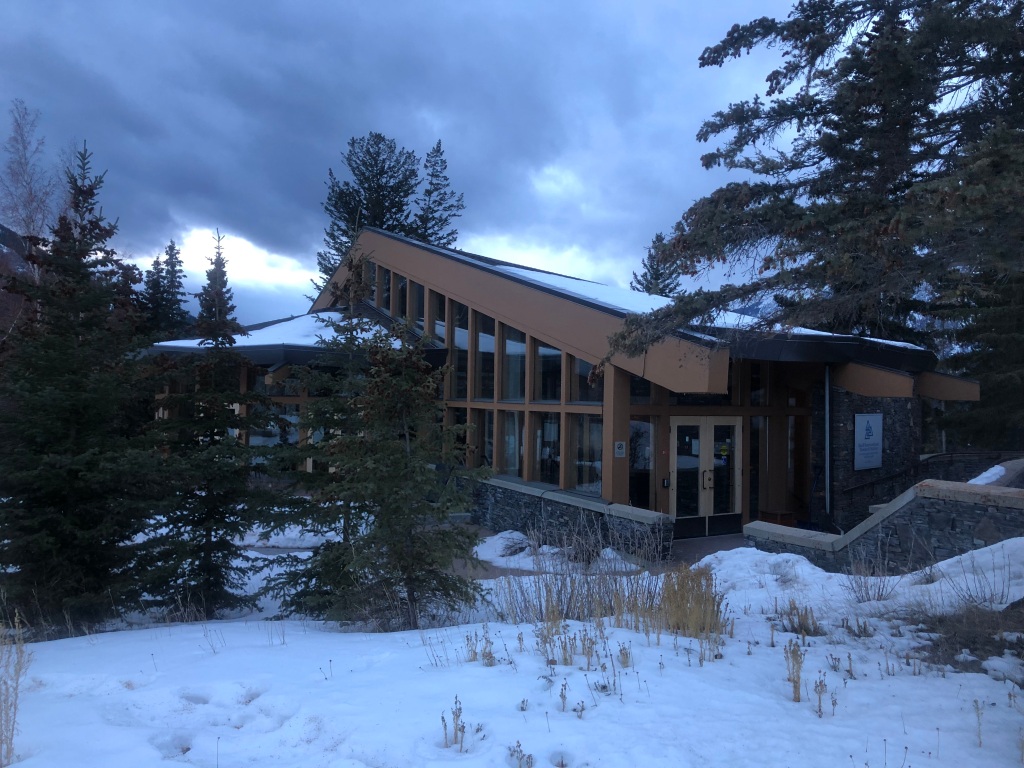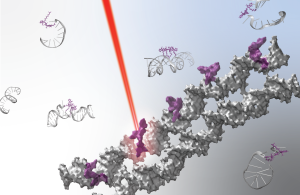My best friend—who’s held the title of best friend since kindergarten—calls me the keeper of her childhood memories. I recall which toys we played with, the first time I visited her house,1 and which beverages our classmates drank during snack time in kindergarten.2 She wouldn’t be surprised to learn that the first workshop I’ve co-organized centered on memory.
Memory—and the loss of memory—stars in thermodynamics. As an example, take what my husband will probably do this evening: bake tomorrow’s breakfast. I don’t know whether he’ll bake fruit-and-oat cookies, banana muffins, pear muffins, or pumpkin muffins. Whichever he chooses, his baking will create a scent. That scent will waft across the apartment, seep into air vents, and escape into the corridor—will disperse into the environment. By tomorrow evening, nobody will be able to tell by sniffing what my husband will have baked.
That is, the kitchen’s environment lacks a memory. This lack contributes to our experience of time’s arrow: We sense that time passes partially by smelling less and less of breakfast. Physicists call memoryless systems and processes Markovian.

Our kitchen’s environment is Markovian because it’s large and particles churn through it randomly. But not all environments share these characteristics. Metaphorically speaking, a dispersed memory of breakfast may recollect, return to a kitchen, and influence the following week’s baking. For instance, imagine an atom in a quantum computer, rather than a kitchen in an apartment. A few other atoms may form our atom’s environment. Quantum information may leak from our atom into that environment, swish around in the environment for a time, and then return to haunt our atom. We’d call the atom’s evolution and environment non-Markovian.
I had the good fortune to co-organize a workshop about non-Markovianity—about memory—this February. The workshop took place at the Banff International Research Station, abbreviated BIRS, which you pronounce like the plural of what you say when shivering outdoors in Canada. BIRS operates in the Banff Centre for Arts and Creativity, high in the Rocky Mountains. The Banff Centre could accompany a dictionary entry for pristine, to my mind. The air feels crisp, the trees on nearby peaks stand out against the snow like evergreen fringes on white velvet, and the buildings balance a rustic-mountain-lodge style with the avant-garde.
The workshop balanced styles, too, but skewed toward the theoretical and abstract. We learned about why the world behaves classically in our everyday experiences; about information-theoretic measures of the distances between quantum states; and how to simulate, on quantum computers, chemical systems that interact with environments. One talk, though, brought our theory back down to (the snow-dusted) Earth.
Gabriela Schlau-Cohen runs a chemistry lab at MIT. She wants to understand how plants transport energy. Energy arrives at a plant from the sun in the form of light. The light hits a pigment-and-protein complex. If the plant is lucky, the light transforms into a particle-like packet of energy called an exciton. The exciton traverses the receptor complex, then other complexes. Eventually, the exciton finds a spot where it can enable processes such as leaf growth.
A high fraction of the impinging photons—85%—transform into excitons. How do plants convert and transport energy as efficiently as they do?
Gabriela’s group aims to find out—not by testing natural light-harvesting complexes, but by building complexes themselves. The experimentalists mimic the complex’s protein using DNA. You can fold DNA into almost any shape you want, by choosing the DNA’s base pairs (basic units) adroitly and by using “staples” formed from more DNA scraps. The sculpted molecules are called DNA origami.
Gabriela’s group engineers different DNA structures, analogous to complexes’ proteins, to have different properties. For instance, the experimentalists engineer rigid structures and flexible structures. Then, the group assesses how energy moves through each structure. Each structure forms an environment that influences excitons’ behaviors, similarly to how a memory-containing environment influences an atom.
The Banff environment influenced me, stirring up memories like powder displaced by a skier on the slopes above us. I first participated in a BIRS workshop as a PhD student, and then I returned as a postdoc. Now, I was co-organizing a workshop to which I brought a PhD student of my own. Time flows, as we’re reminded while walking down the mountain from the Banff Centre into town: A cemetery borders part of the path. Time flows, but we belong to that thermodynamically remarkable class of systems that retain memories…memories and a few other treasures that resist change, such as friendships held since kindergarten.
1Plushy versions of Simba and Nala from The Lion King. I remain grateful to her for letting me play at being Nala.
2I’d request milk, another kid would request apple juice, and everyone else would request orange juice.


